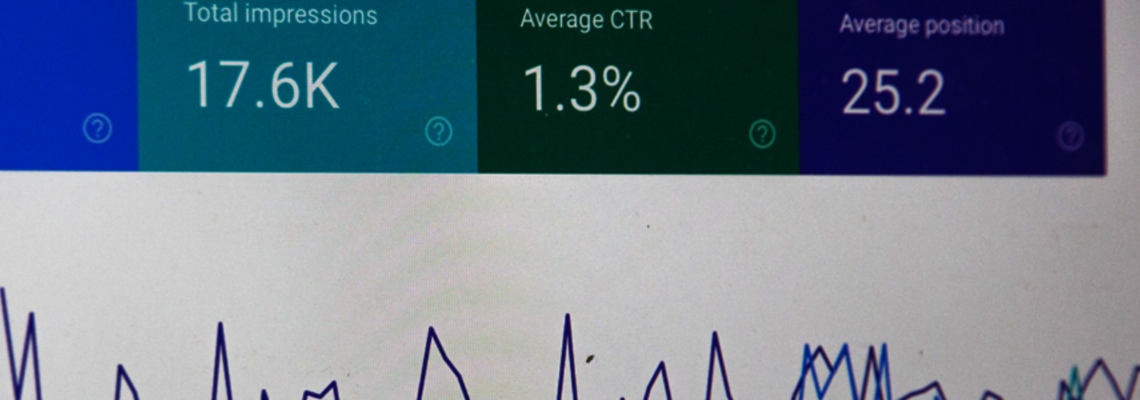
Creating a Magento 1 to Magento 2 Migration Brief
Many retailers are unsure how to prepare and plan for a migration. It can be a complicated process for some while being a simple and straightforward one for others.
No matter the category you fall into, migrating to Magento 2 is a great time to look at your housekeeping, descope your current site and rescope for the big move. Having a comprehensive brief — one that covers the information needed to understand how the process will look — will make migration more comfortable and will help you select the right agency for you.
Preparing for Your Migration Brief Document
Initial Overview
The first thing you need to document are answers to these basic questions. They should be clear to all parties involved, as it is most likely they will not change throughout the project.
- What is the current multi-site structure, if any?
- What is the data source for products, customers and orders?
- Will the front-end user experience be redesigned?
- Is there any work required by third parties?
Once you have answers to these questions, add them to a working spreadsheet with an overview tab. Also, as with any overview, you may want to complete the initial details at the start of your planning but then revisit and update once you have completed the whole process.
Gather Existing Functionality and Descope
You will then need to evaluate and identify all of your current site’s existing functionality to descope your site.
In your working spreadsheet, analyze every element of your site, identifying the module or custom functionality, and adding commentary with any specifics.
Element | Module / Functionality | Comments |
Content |
|
|
Marketing |
|
|
Products |
|
|
Admin |
|
|
Data |
|
|
Integrations |
|
|
Shipping |
|
|
Payments |
|
|
Navigation |
|
|
Search |
|
|
|
| |
Personalization |
|
|
Merchandising |
|
|
Reviews |
|
|
Loyalty |
|
|
Analytics |
|
|
Security |
|
|
To aid in this, work directly from your Magento admin interface to copy all modules into a spreadsheet, and make sure every module is recorded.
Once you have logged all of your Magento modules, you may need to work with your agency to record any integrations or custom development not achieved through modules. If you have a record of site development, you should also work with this to add all functionalities to the spreadsheet.
Front-End Analysis
Once you have a list of modules and functionalities, make a record of all front-end elements in the working spreadsheet with as much detail as possible.
Section | Element | Comments |
Header | Company Logo Search Function My Account (Register / Sign In / Not Logged in Link) Basket Summary Main Navigation / Mega Menu Secondary Navigation Convincers / USP Language Selector Country / Currency Selector Store Locator |
|
Footer | Legal Text Security / Payment Logos Social Links Product Navigation Content Navigation Newsletter Signup Contact Number Office Hours |
|
Homepage | Main Banner Sub Banners Featured Categories Featured Product Content Block |
|
Category | Breadcrumb Category Title Category banner / Content Block Sub-category Links Layered Navigation Number of Items per Page / Category Sort By Options Product Block-Image Product Block-Name Product Block-Price Product Block-Special Price Product Block-Color Options Product Block-Add To Basket Product Block-Add To Wishlist Recently Viewed Products Pagination |
|
Product | Breadcrumb Base Product Image Image Thumbnails Product Zoom Product Name Price Special Price Basic Stock Status Quantity Add to Basket Product Description Production Specification Related Products Recently Viewed Products |
|
Basket | Page Title Basket Product Summary Discount Code Order Summary Secure Checkout Button Security / Payment Logos Upsell Products Block |
|
Checkout | Page Title Checkout Step Summary Step One - Order Summary Step One - Email Address Step One - Password Step One - Delivery Address Details Step One - Delivery Methods Step One - Next Button Step Two - Order Summary Step Two - Payment Method Step Two - Billing Address Agree T&Cs Marketing Opt In Step Two - Place Order |
|
Order Confirmation | Order Success Message Order Reference Number |
|
Account | Dashboard Account Information Address Book My Orders My Wishlist Newsletter Subscriptions |
|
Misc. Pages | About Delivery Returns Loyalty |
|
Rescope
Once you have a list of all of your existing functionalities and front-end elements, you then need to rescope for your migration.
For each item in the list, evaluate whether these modules or custom functionalities are still required (yes, no or maybe). Is there a more efficient way of achieving the same functionality? Is there a more cost-effective solution? Is there a more seamless integration?
In your commentary for each module, you should add in new ideas to improve your site, functionality and conversion rates. To help with this, you may have commissioned usability testing, interviewed your customer service team, analyzed reviews, or analyzed data from tools such as Google Analytics, Hotjar or New Relic.
Creating Your Migration Brief Document
Using your working spreadsheet, you can now create a new migration brief document that you can use with your agency, internal team and Magento.
Introduction
Complete an introduction for your brief, which should include:
- Overview of your business and products
- Overview of your current site setup
- URL
- Key metrics: annual revenue, conversion rate, average order value, total SKUs
- Objectives
- Stakeholders
- Project scope
Front-End Theme
You can then start detailing your front-end requirements by copying all of your front-end elements along with whether they are required or not.
Store Structure
Record your store structure with the multi-site requirements (international stores, currencies etc.).
Magento Setup and Customization
Once you have your store structure and front-end elements recorded, identify your Magento setup and customization. This will outline all of your functionality.
Copy every item of functionality from your working spreadsheet into your migration brief document, but expand upon each section.
Detail the scope of each functionality item with the name of the module, where the module’s functionality can be seen on-site, which integrations are needed, etc. The more detail you have, the more comprehensive and useful your brief document will be.
Timeline and Budget
Add your timeline and budget. When is a realistic launch date and timescale for the project? If you have any unusual peak trading seasons or major product releases, it is worth mentioning here.
Define Your Next Steps
Finally, once you have this all documented in your migration brief, you can define next steps.
Usually this is a platform evaluation. Which platform can best unlock opportunities for your growth and can accommodate the required functionality you have identified? If you have identified Magento 2, will this be Magento Commerce, Magento Commerce Cloud or Magento Open Source?
The Migration Process
It’s important to note that a migration brief isn’t meant to replace a full discovery process, which will still need to be done with your selected agency.
The brief will gather enough top-line information for retailers to go out to agencies for project proposals in an efficient way. However, a scoping document from a discovery process will go into fine detail for each feature and functionality. Both are important, but your discovery process will run a lot smoother if you have already completed a migration brief with the overview information.
The key thing to remember is to be as comprehensive as possible so that you have all of the information needed in order to create a useful migration brief.






